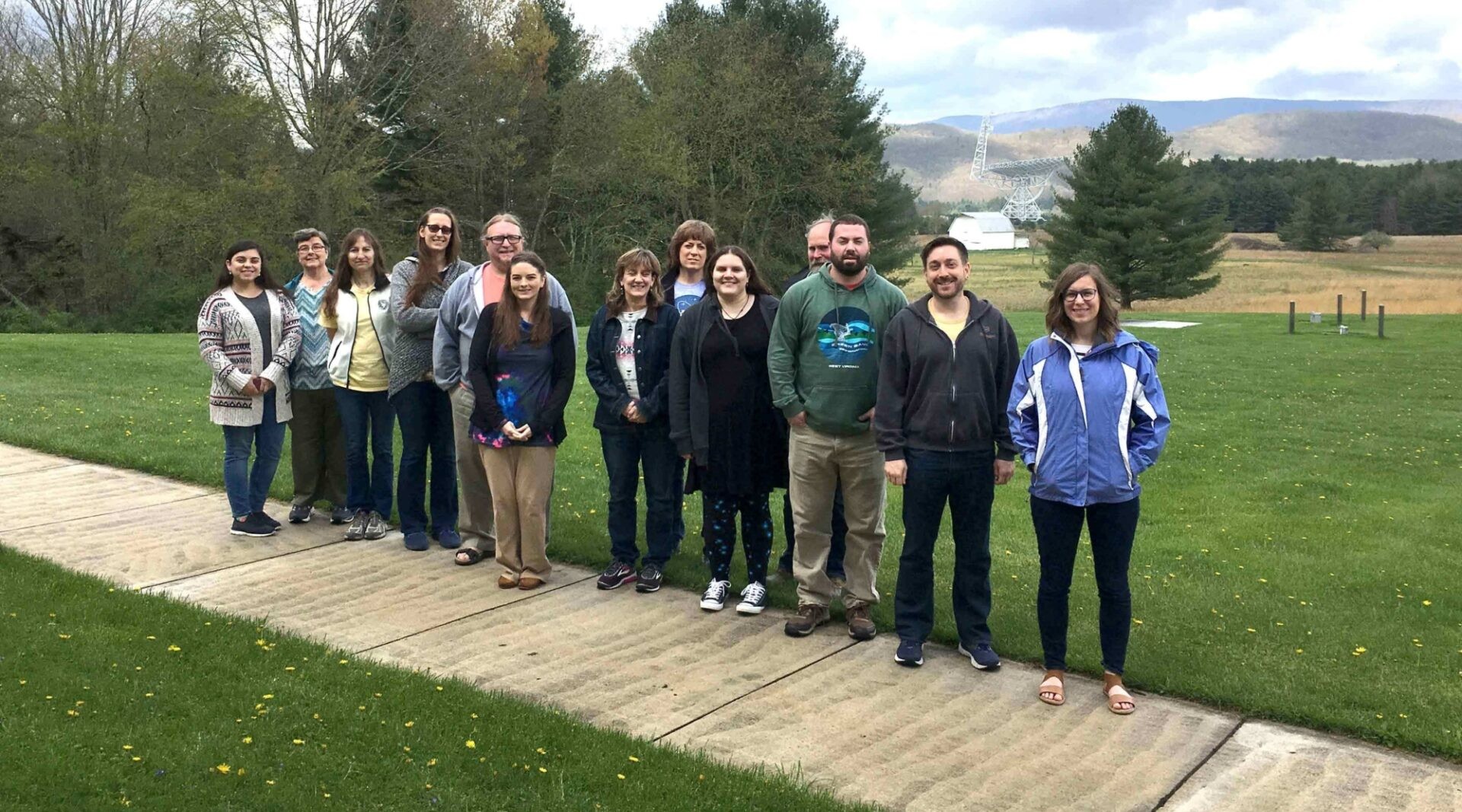Welcome Educators!
Our education program provides engaging online astronomy investigations that incorporate authentic Vera C. Rubin Observatory data. These investigations are designed for classrooms from advanced middle school through introductory college levels.
Get familiar with our educational design
Read our Program Guide to learn more about the overall design of our investigations
Learn more about our Investigations
Check out the teacher guide and all of the available support materials for any investigation.
First Look Resources for Lasting Impact
Explore the variety of resources available to unpack this milestone event and create a lasting impression for students worldwide.
Engage with our Professional Development Resources
Examine implementation materials and learn about upcoming events.
Watch videos from previous training sessions.
Connect with our community of practice on Facebook or in an email discussion group
Calendar of Events
Check out upcoming Rubin Observatory EPO professional development opportunities.
Make your own Rubin Voices trading card!
Every Rubin Voices feature comes with a trading card highlighting the scientist in the feature. We've put together an activity for students to make their own trading cards!








